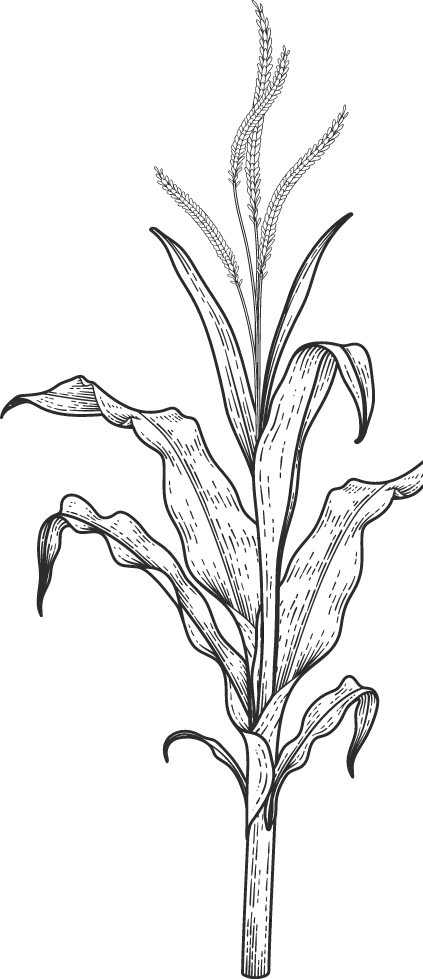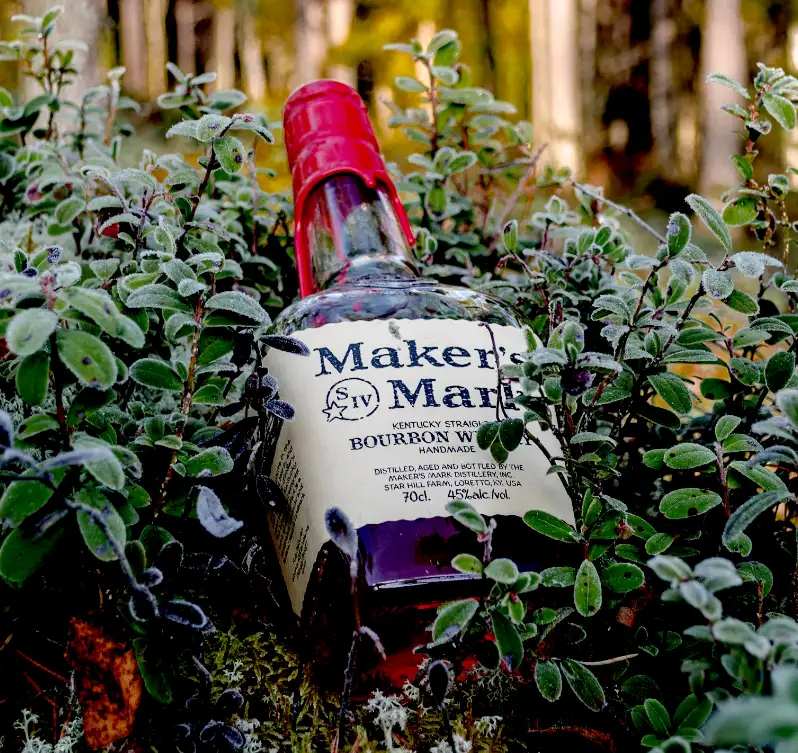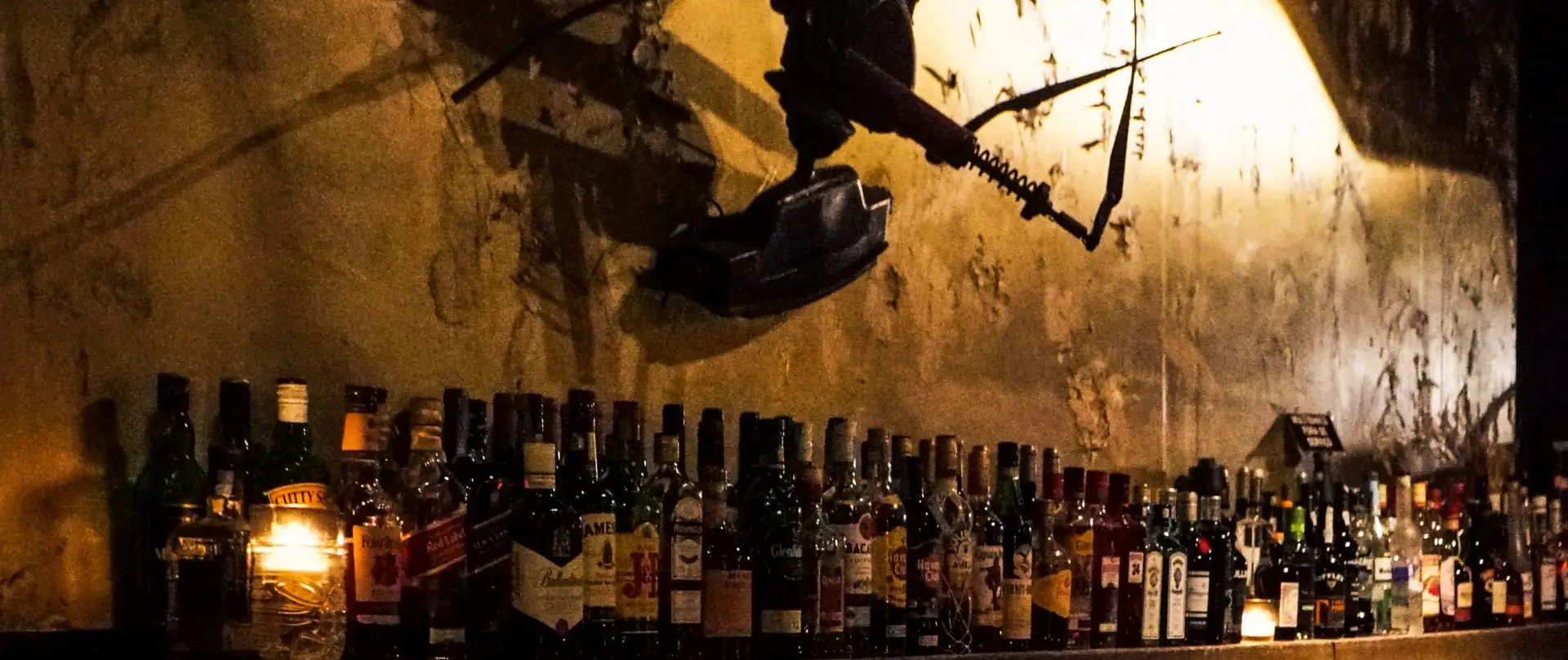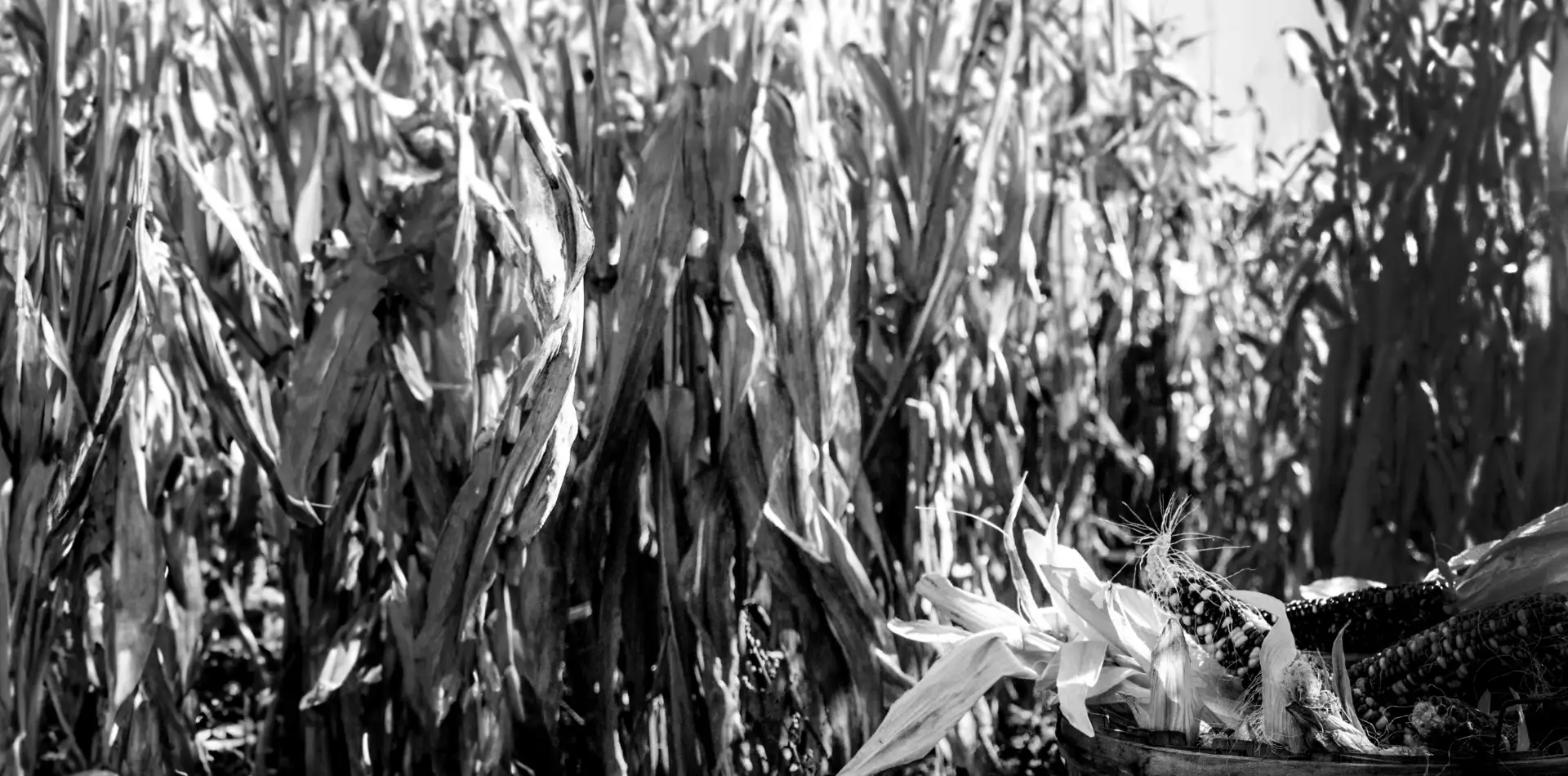Official National Bourbon Day Countdown
Copy The Code Below To Embed our Countdown on Your Webpage!

Share with other Bourbon Lovers!
Follow Us
#NationalBourbonDay



#NationalBourbonDay
Bourbon 101
You may have heard the saying that all bourbons are whiskey, but not all are bourbon. For a whiskey to classify as bourbon it must be made in the U.S. While any state will do, most are made in Kentucky. In addition, its mash which is that mix of grains from which bourbon is distilled must comprise at least 51 per cent and no more than 79 per cent Indian corn. Most recipes use about 70 per cent corn, which gives it its nickname corn whiskey. Besides corn, the other grains used in the making of bourbon include malted barley and either rye or wheat. Some Kentucky bourbon makers say the limestone spring water in that area of the state lends bourbon its distinctive flavor. Bourbon must be aged at least two years in a new, charred oak barrel made from American White Oak. But many types of bourbon are aged four years or longer.
Bourbon gains its color and much of its flavor from barrel aging. The charred wood provides caramelized sugars that add flavor to the whiskey. The barrels can only be used once for bourbon so many become furniture or firewood. Others are used for aging soy sauce, while most end up in the United Kingdom for their Scotch whiskies. Bourbon barrels are stored in large, multi-storey warehouses called rick houses. The wood barrels expand and contract based on the weather outside which eventually penetrates these rick houses. Hot weather causes the pores of the wood to open up more and impart their flavor. The result is barrels on the top floor will have a slightly different flavor than those on lower floors. Most distillers make their bourbon between 80 and 100 proof. This means it contains 40 to 50 percent alcohol by volume.

Bourbon Lovers: Subscribe to National Bourbon Day!


The Official Spirit of America Bourbon History
Bourbon’s roots are tied to the migration of settlers west from the original colonies, in the 18th and 19th centuries. They included Scots-Irish descendants of the men who invented Scotch and Irish whiskies, but they also included other English, Welsh, German, and French settlers. There is no single person or family credited with inventing bourbon. Elijah Craig, a Baptist preacher and distiller, sometimes gets attributed with the creation of the spirit, but that’s open to debate.
The Bourbon name comes from Bourbon County, a large Kentucky district founded after the American Revolution. This county was ripe for crops and corn especially. According to Charles K. Cowdery, by the time Bourbon County was formed in 1785, there were dozens if not hundreds of small farmer-distillers making whiskey throughout the region. In those days, with few roads and even fewer local markets for farm products, the only practical way for farmers to sell their corn crop was by first distilling it into whiskey. If they did not have a still, they found a neighbor who did and traded some percentage of the output in payment for the distilling services.
Along with Kentucky’s other main export product, hemp, surplus whiskey was loaded onto flatboats and shipped via the Ohio River to New Orleans for sale. The barrels were stamped with the words Old Bourbon, what residents commonly called Bourbon County, and the name stuck. Certain political, social and cultural events helped shape the development of this liquor. Prohibition, which took place from 1920 to 1933, made life difficult for American whiskey makers. During World War II, bourbon distilleries were retrofitted to make fuel alcohol and penicillin. Since penicillin is a by-product of fermentation, bourbon distilleries were a natural choice to make it in large quantities.
By the late 1800s, there were hundreds of distilleries in Kentucky. Now, ten major whiskey makers produce hundreds of brands, including many of the top-priced single-barrel, small-batch, and cask-strength variations.
Lyndon B. Johnson gave bourbon his presidential stamp in 1964 when he signed an Act of Congress that designated bourbon as “The Official Spirit of America”.






Bourbon Sales & Growth
Bourbon sales reached their low point in the 1970s and ‘80s. But this popular spirit has definitely bounced back!
In 2010, amidst a record economic low point, the American whiskey industry (which includes bourbon and Tennessee whiskey) sold 15.4 million cases, accounting for $1.9 billion in revenue. Export sales are higher than ever, up 286% just in France. Bourbon makers are finding huge potential markets in China and India, and they’re exploring new markets elsewhere in Asia and in Africa. The money flooding the market has led to plant expansions at Wild Turkey, Jim Beam, and Maker’s Mark. Four Roses, Buffalo Trace, and Woodford Reserve have all expanded and updated their visitor centers.
The spirit’s popularity has impacted Kentucky tourism, prompting a boom with nearly two million people visiting the Kentucky Bourbon Trail in the last five years. Maker’s Mark recently reversed its decision to alter the spirit’s proof from 90 to 84 in order to produce enough bourbon to meet orders. The reversal came after strong customer backlash. Maker’s Mark blamed unforeseen issues in its supply chain for its original decision. Typically, the company sells bourbon that has been aged between five years nine months and seven years before bottling it. But rising international demand for the spirit made it impossible for the company to meet demand so it has had to limit supply to some overseas markets.
Cheers to the ongoing strength of the Bourbon market!


The Official Spirit of America Celebrating National Bourbon Day…
Share With Others and Don't Forget About our Hashtag.
#NationalBourbonDay



